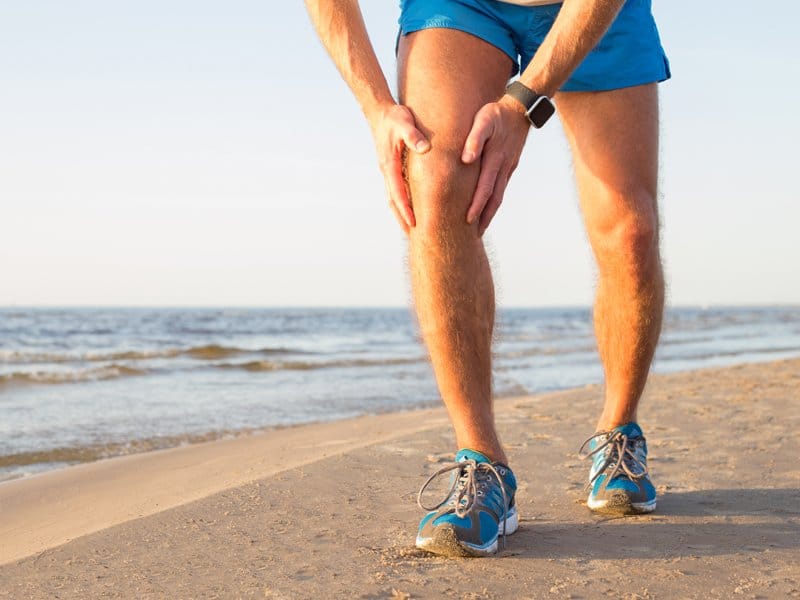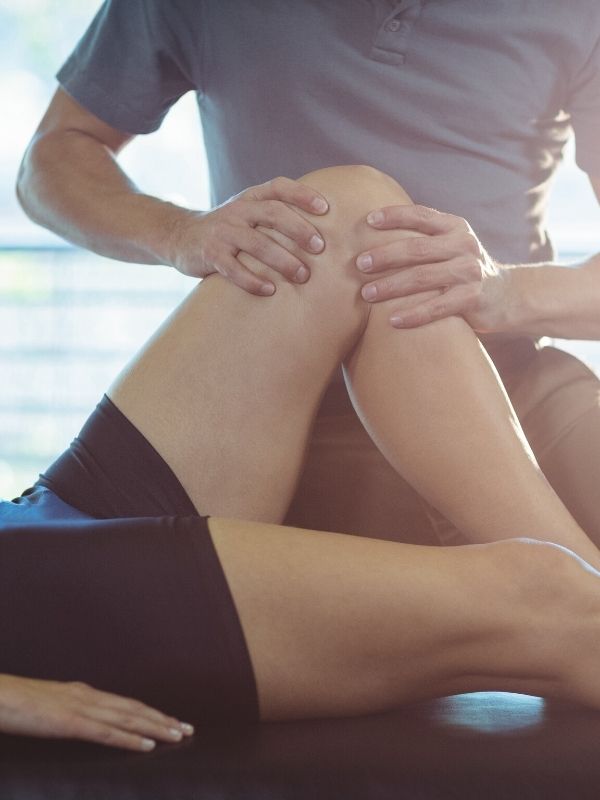
Knee & Hip Osteoarthritis
ARE YOU OVER 55 AND SUFFERING FROM HIP AND/OR KNEE PAIN?
Clinical Physio’s evidence-based, 70-day “Reduce Pain, Restore Function” Program can:
- Improve function by up to 70%
- Reduce your risk of requiring a joint replacement by 44%
“TAILORED EXERCISE IS THE MOST EFFECTIVE, NON-SURGICAL TREATMENT OF KNEE OSTEOARTHRITIS.” – Wang et al, 2014
Who is it suitable for?
You must be over the age of 55, have had pain for longer than 6 weeks and have at least 2 of the following symptoms:
- Pain when walking.
- Pain/difficulty walking up or downstairs.
- Pain/difficulty getting in/out of a car.
- Pain at night when lying on your side.
What is the program and who designed it?
What?
The program involves 2 x 1 on 1 40min physiotherapy sessions PLUS unlimited gym attendance for 12 weeks. The sessions comprise a combination of hands on therapy to restore range of motion, in addition to progressive exercise. Our gym is fully equipped with the latest, commercial-grade equipment.
Who designed the program?
The program has been developed by our team of experienced physiotherapists and is based on the most recent evidence from:
The University of Sydney, The International Osteoarthritis Research Society and
the new 2018 RACGP Guidelines.

The research
Effectiveness of tailored exercise therapy in patients with knee osteoarthritis and comorbidity: a randomized controlled trial. Rooij-M et al. Osteoarthritis and Cartilage – 2016
Exercise for osteoarthritis of the knee. Fransen et al. Cochrane Database of Systematic Reviews – 2015
- OARSI guidelines for the non-surgical management of knee osteoarthritis. McAlindon et al. [Osteoarthritis Research International] Osteoarthritis and Cartilage 2014 Mar;22(3):363-388
- Ottawa Panel evidence-based clinical practice guidelines for therapeutic exercise in the management of hip osteoarthritis. Brosseau et al. [Ottawa Panel] Clinical Rehabilitation 2016 Oct;30(10):935-946
- Immediate effects of hip mobilization with movement in patients with hip osteoarthritis: a randomised controlled trial. Beselga et al. Manual Therapy 2016 Apr;22:80-85
- Exercise therapy may postpone hip replacement surgery in patients with hip osteoarthritis: a long-term follow up of a randomised control trial. Svege et al. Annals of the Rheumatic Diseases 2015:74:164-169.
WHAT IS OSTEOARTHRITIS?
Osteoarthritis is a degenerative joint disease that affects 35% of people over the age of 55. Symptoms often include pain, loss of movement and reduced function in the affected joint. It can be experience in any joint, but the hips and knees are two of the most common places to experience osteoarthritis.
Hip and Knee Arthritis Symptoms
-
Morning stiffness that can last up to 30 minutes
-
Pain walking up or down stairs
-
Pain lying on your side
-
Pain getting in/out of the car
-
Pain after sitting long periods
-
Stiffness when trying to bend or straighten the knee
-
Stiffness when trying to get out of chair or off the toilet
Surgery Vs Conservative Management
One of the most common treatment options for hip or knee osteoarthritis is a joint replacement. There is good evidence to support good, long term outcomes from both hip and knee replacements, however, more recent research suggests that there is probably a significant proportion of the population who may be able to achieve similar outcomes with non-surgical management and without the price tag (out of pocket expenses for a joint replacement can range from $500 -$10000).
There are now reliable measures available to determine what type of patients might benefit from a non-surgical, exercise-based approach. These measures include questionnaire’s in addition to a thorough assessment of joint range of motion and both local and global muscle strength.
A conservative/non-surgical management plan should consist of a combination of manual, hands-on therapy and exercise works to restore range of motion in the joint and then stabilise the joint by strengthening the surrounding musculature, thereby improving the joint capacity to tolerate load. There is also good evidence to support weight loss in patients with a high BMI (Body Mass Index).
“High quality evidence indicates that land-based therapeutic exercise reduces pain and improves physical function among people with knee osteoarthritis.” – Fransen et al, University of Sydney (2015)
The Role of Exercise in the management of hip and knee osteoarthritis
Musculoskeletal Benefits
-
Reduced pain
-
Improve range of motion
-
Improved strength
-
Improved function
Physiological Benefits
Exercise can reduce the risk of developing, as well as help manage the following conditions:
-
Coronary Artery Disease
-
Hypertension (High Blood Pressure)
-
Diabetes
-
Osteoporosis
-
Obesity
Psychological Benefits
-
Decrease Anxiety
-
Reducing depressive symptoms by releasing endorphins
-
Decrease stress and improved cortisol levels
-
Improved general wellbeing
In Recent News
The Sydney Morning Herald has recently written an article on the “fad” treatments for osteoarthritis and explains how the new recommended treatment from GP’s includes exercise. You can read the article here.
